What Mythbusters Got Wrong About the Kubrick Collection
Adam Savage takes you on a tour of the Kubrick Exhibition, giving a lot of great context and getting one point terribly wrong.
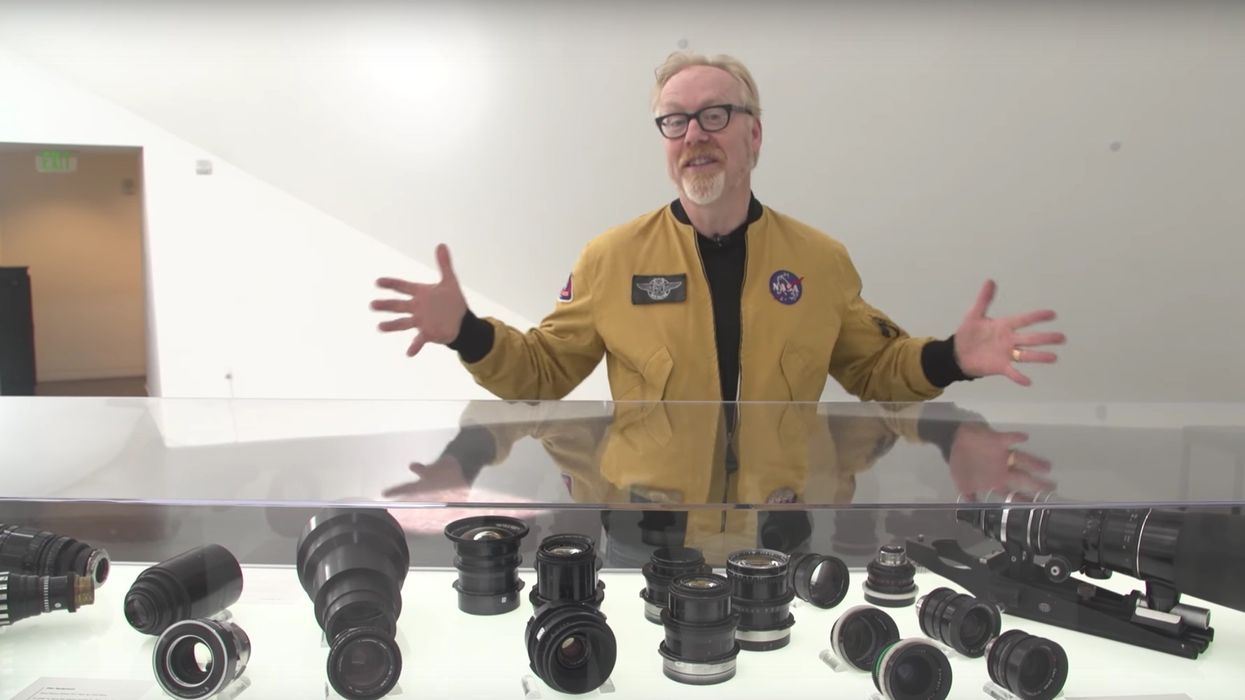
We’ve covered the Kubrick Exhibition before. Hopefully, you've had a chance to see it. Either way, it's worth taking a look at this tour given at the San Francisco edition by Mythbusters' Adam Savage:
Before he was a TV host, Savage worked in the model-making department at ILM and brings his experience working on Spielberg's AI—originally a Kubrick project—and his deep knowledge of the art department to lend a new perspective to some of the materials in the exhibit.
But he does make one glaring error. Savage says that Kubrick went to an "old camera guy" to modify his Mitchell camera, but the subject, Ed Di Giulio, wasn’t old at the time; he was only 45! He had worked at Mitchell Camera previously, and his company, Cinema Products, would go to on great success with the CP-16, a mainstay of indie cinema for many years. (You might remember it fromThe Blair Witch Project—it was used both to shoot the film and as a prop.)

While the art department insight is strong, a few cinematography points might have been glossed over a bit too quickly as well. The true reason why so much modification was required to make the F/.7 lens (built by Zeiss for NASA) work on the Mitchell was that in order to design a F/.7 lens, the distance from the rear element of the lens to the image plane was very, very small. This pretty much ruled out any camera with a spinning reflex shutter (like Kubrick’s beloved ARRI IIC), since the mirror would interfere, hitting the back of the lens. The Mitchell, being an older design with a non-reflex viewing system—you didn’t look through the lens to frame—allowed for a much smaller rear element to film distance.
Kubrick, of course, did this so he could use strictly candle light inside the historic buildings where they shot—though contrary to popular belief, he used cine-lights outside the windows to create consistent daylight throughout the day.
Small errors aside, Savage is a great tour guide, and if the Kubrick show hasn’t made it to a town near you, it’s well worth watching.
[Full disclosure: I worked with both the Mythbusters on a project for Discovery and they are both pretty amazing fellows.]
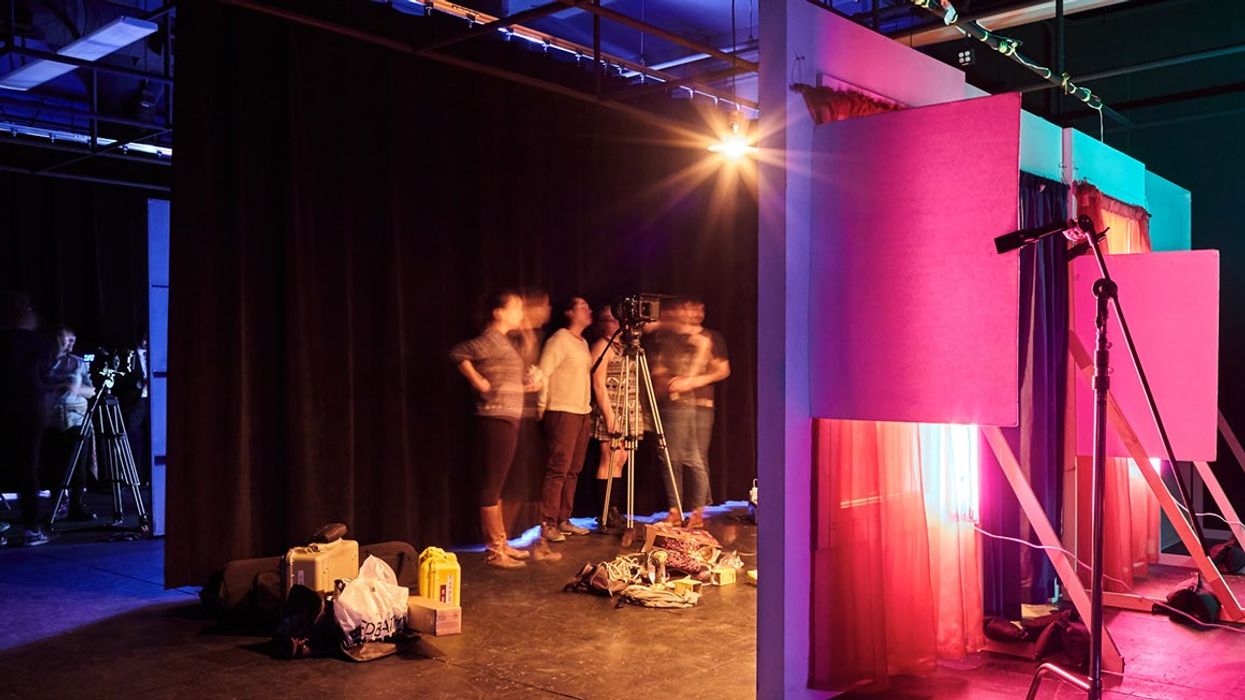
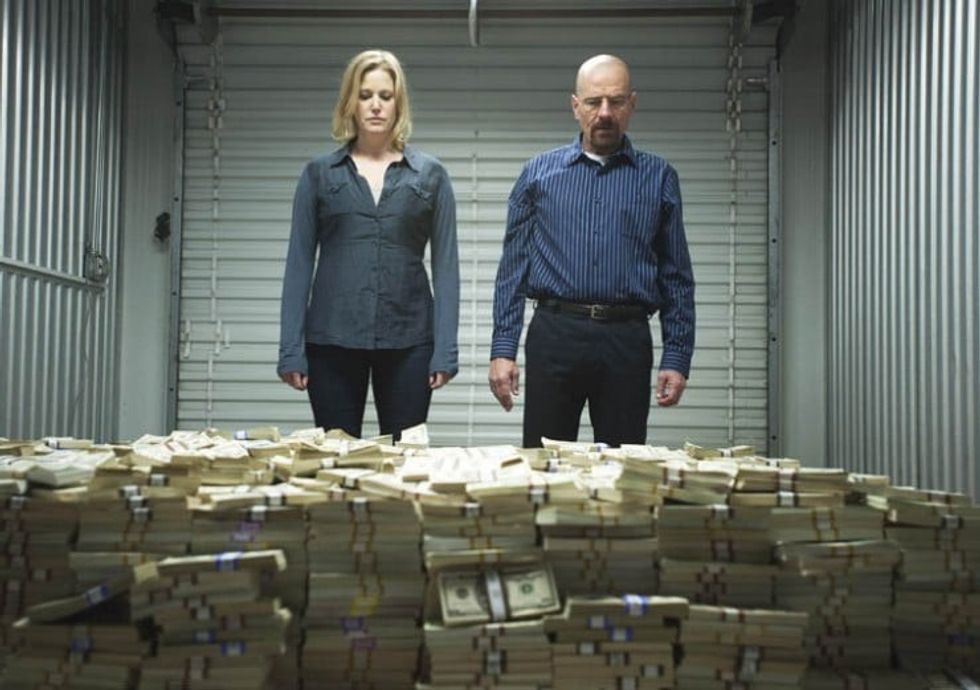
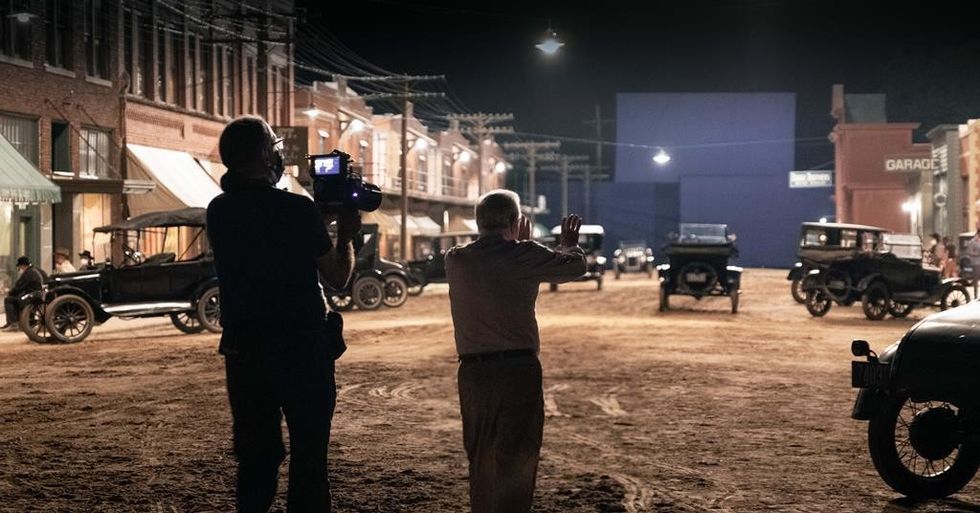 Go Behind the Scenes of the Filming of 'Killers of the Flower Moon'
Go Behind the Scenes of the Filming of 'Killers of the Flower Moon'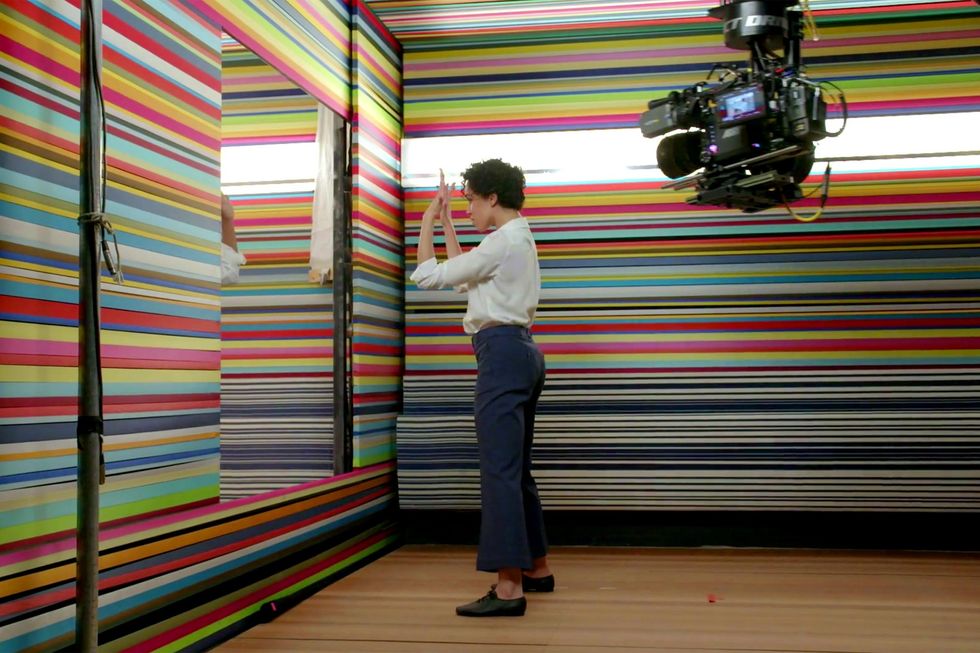 BTS of Spike Jonze's Apple Ad Apple
BTS of Spike Jonze's Apple Ad Apple









